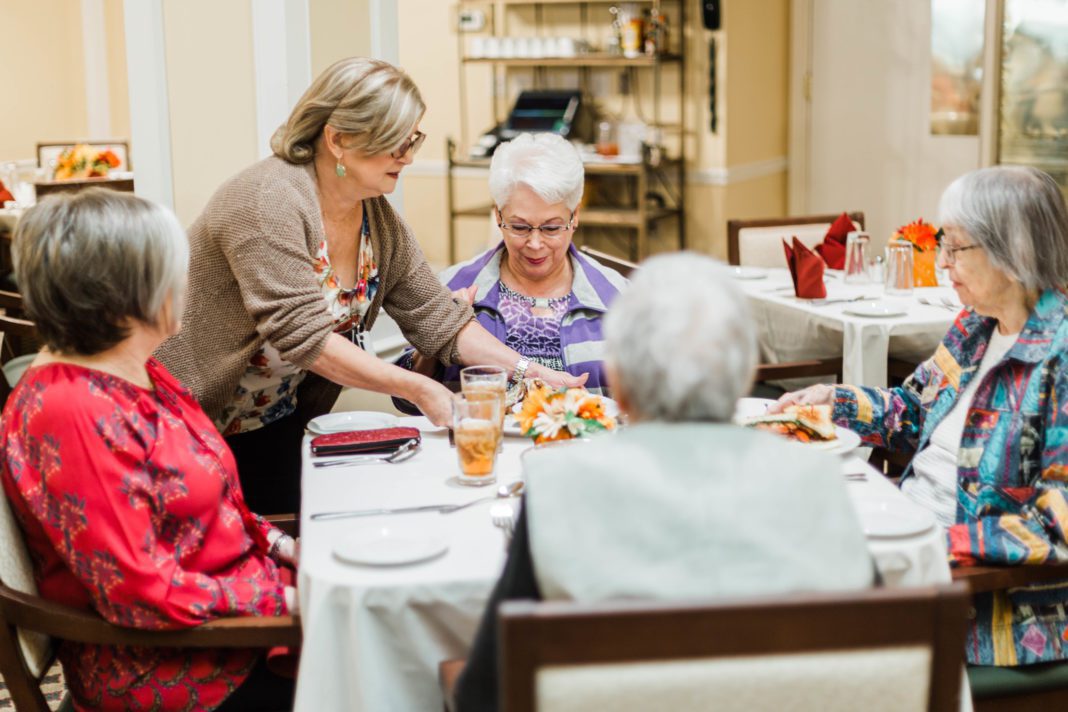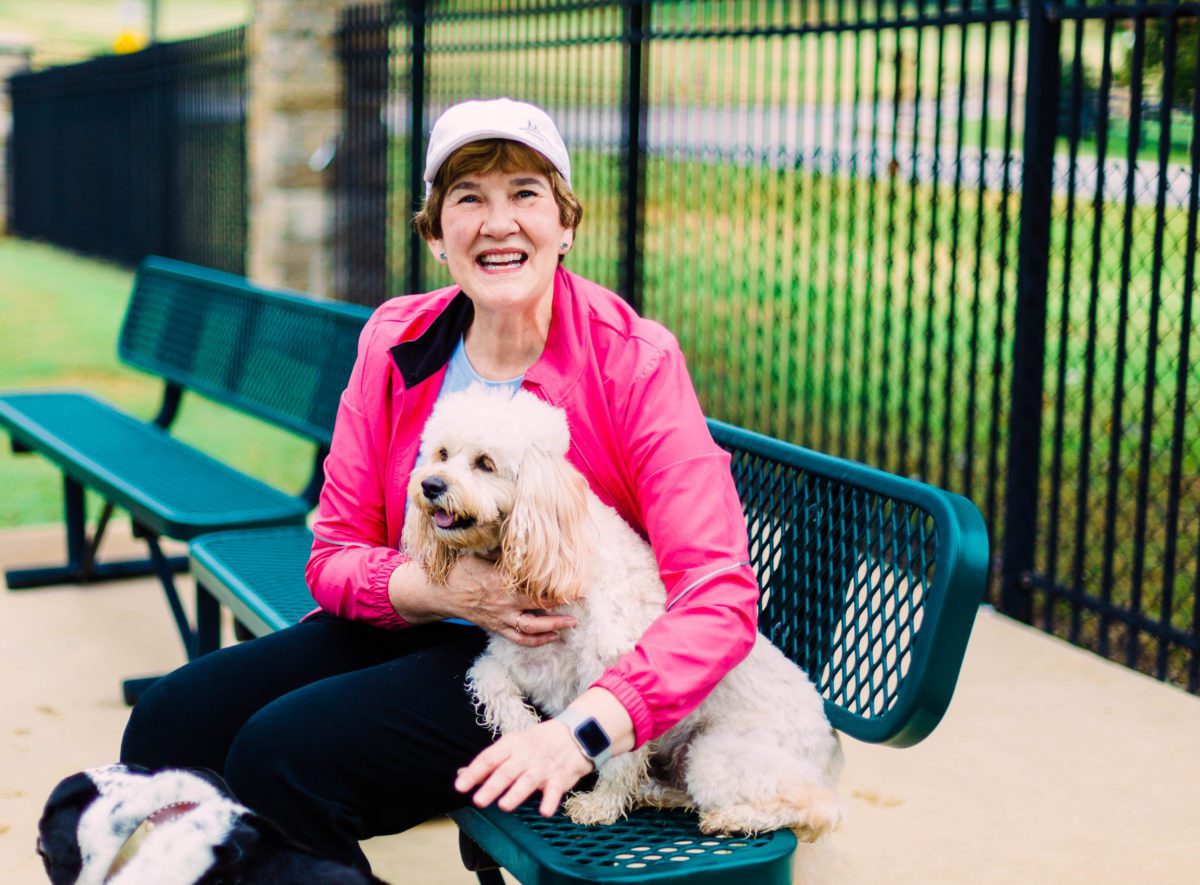Planning Ahead: Continuing Care
Arranging for retirement – and, more importantly, how you want to spend the latter years of your life – can be daunting, but decisions you make today can offer security in the future. It’s one of the reasons why senior living communities continue to grow in popularity. Many are designed to provide residents with the amenities for a full and active lifestyle, but if one’s health status should change, services are already in place to meet growing medical needs.
“A continuing care retirement community (CCRC), also known as a life plan community, is designed to relieve stress for residents and their families,” says Cari Bashaw, director of sales with Covenant Living at Inverness, one of the nation’s largest not-for-profit retirement housing organizations with locations throughout the U.S., including Tulsa and Bixby. “By having priority access to different levels of care – independent living to start and then options for assisted living, memory care, skilled nursing, long-term care and rehabilitation services – residents and their families have peace of mind knowing that a health plan is in place, should they ever need those future services.”
And odds are that you might find yourself needing medical care. According to the U.S. Department of Health and Human Services, someone turning age 65 today has nearly a 70% chance of needing some type of long-term care services.
This type of planning can be especially helpful for adult children who live out of state, says Bashaw.
“A continuing care retirement center provides a roadmap to know their parents will be well cared for, transitioning as needed in the same community,” she says. “The worst time to develop a plan is under duress of a medical emergency; knowing their folks have a plan for their future is the best gift you can give your adult children.”
Social Engagement
Another clear benefit of senior living communities is the regular convenience of social engagement.
“Studies clearly show that the greatest threat to the health and wellness of seniors is lack of socialization,” says Bashaw. “There are many situations that affect an individual’s social opportunities – weather, transportation, friends who move closer to family or for other reasons are no longer available, to name a few. None of these situations change the lifestyle of a resident in a community like Covenant Living at Inverness. The lifestyle at this community is dependent only on the interests of the residents and how busy they want to be.”
Fitness and Enrichment
Senior living communities can also help support residents in keeping and maintaining their health through nutrition and physical fitness.
Bashaw says too often, seniors, especially single ones, slip into unhealthy habits of eating frozen dinners and nutrient-lacking snack foods, neither of which are optimal for maintaining healthy minds and bodies.
“Nutrition is the fuel that keeps our bodies moving forward,” says Bashaw. “Senior living communities offer easy access to on-campus dining venues with a wide variety of healthy foods where residents enjoy the company of friends, which encourages better eating habits.”
With accessibility being paramount, she says having an onsite gym means residents are more likely to exercise. Full-time fitness professionals are on staff to provide support and guidance, along with facilities offering an indoor pool, group fitness classes, weights and exercise machines.
In addition, senior living communities may provide a variety of activities such as gardening, painting or dancing, as well as offsite trips, like visiting an art gallery, attending a concert or taking in a sporting event.
Bashaw says residents feel a huge sense of relief after moving to a continuing care retirement community.
“They know they have removed the burden from their children of making decisions or providing care,” she says. “And just as important, they have made their plan for a stress-free, active and healthier lifestyle.”
Choosing the Right Community
In the coming years, more Americans may find themselves seeking out senior living communities. Since 2010, approximately 10,000 Baby Boomers – individuals born from 1946 to 1964 – have reached retirement age each day, and by 2030, all Boomers will be at least 65 years old, according to the U.S. Census Bureau.
To help find the right place for you, Bashaw says to visit several communities and find the one that feels like home.
“Schedule a tour to visit,” she says. “Is it well maintained? Tour apartments and cottages to see what size and layout meets your needs. If you love your morning coffee on your back porch, does your new home have a place for that? If you have a dog, is there an extra charge to bring your furry family member?
“Ask to meet current residents. Are they warm people you feel drawn toward, who share a similar background or interests? And most importantly, don’t hesitate to ask right up front about how the finances work to move into a continuing care retirement community. You’ll never know if it is a good financial fit if you don’t fully explore the options.”




























